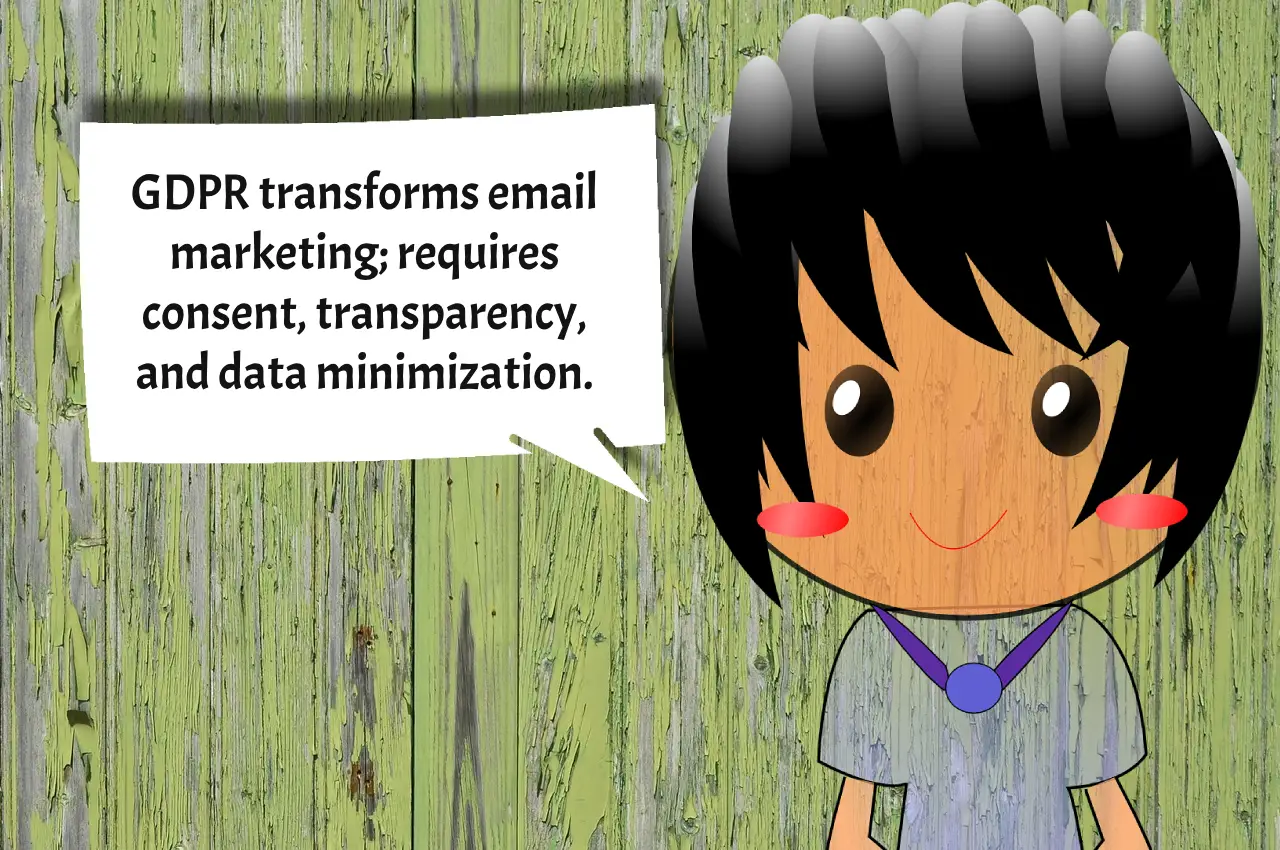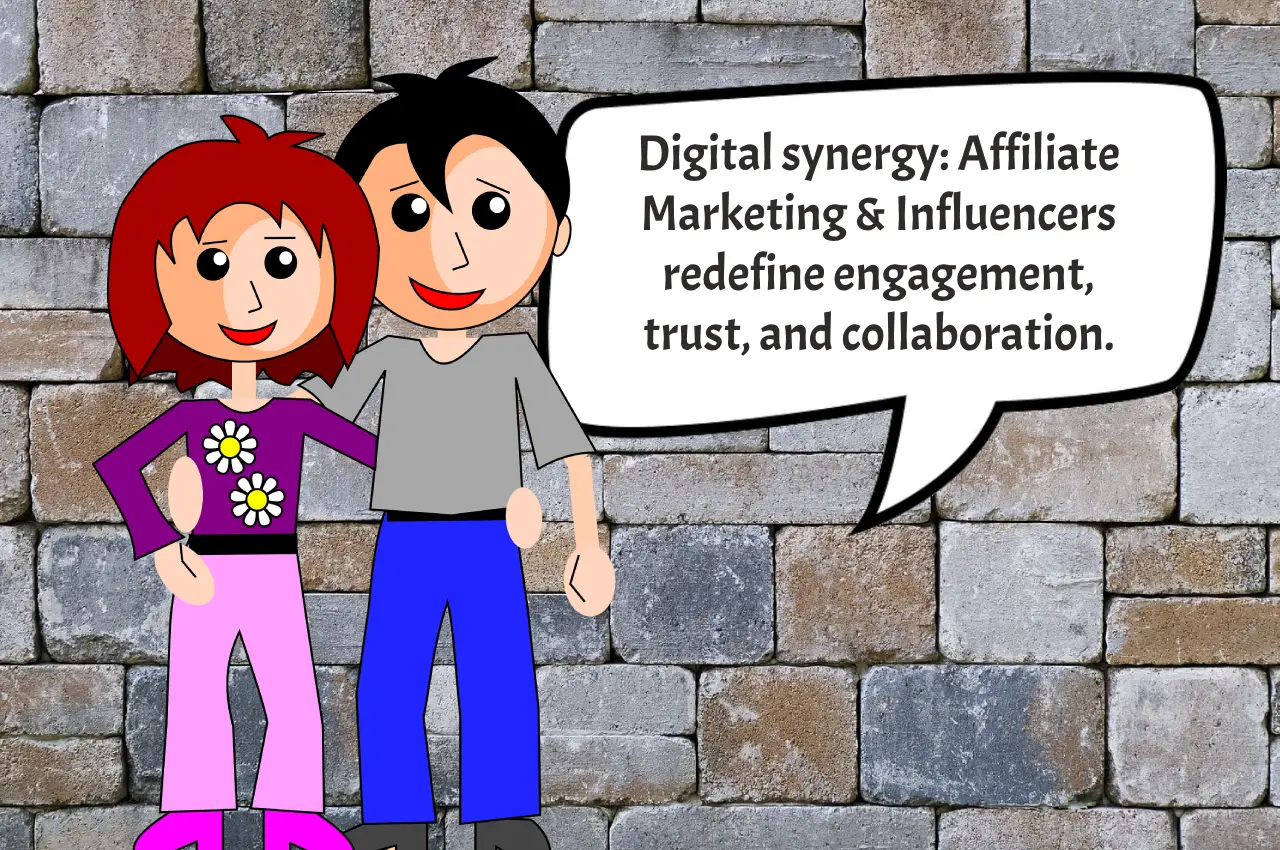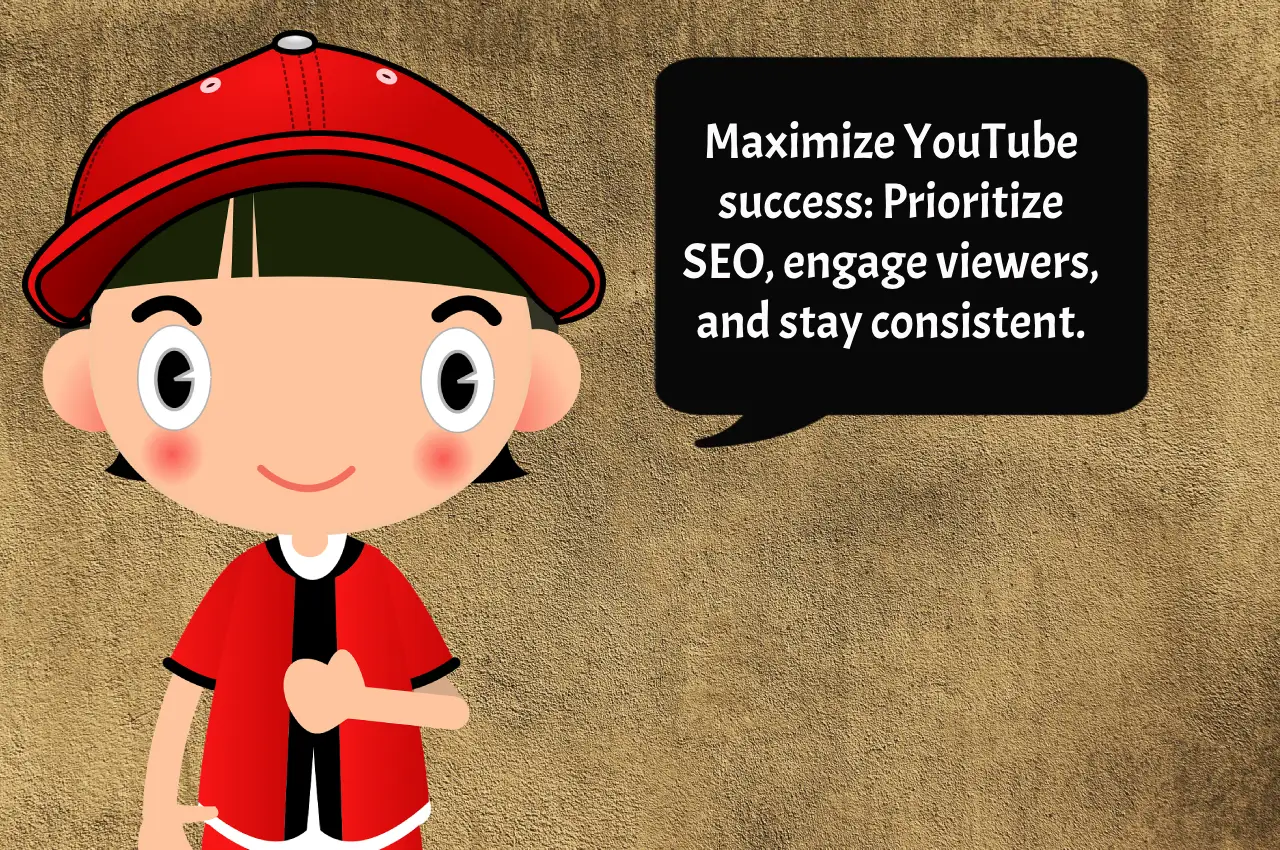In the ever-evolving digital marketing arena, email communication stands as a vital tool for engagement and outreach. The introduction of the General Data Protection Regulation (GDPR) has significantly transformed email marketing dynamics. For businesses and marketers, comprehending and navigating GDPR’s complexities is vital for successful and compliant strategies. This comprehensive guide offers a deep dive into GDPR’s impact on email marketing and practical guidance for adherence.
Breaking Down GDPR: A Primer
Enacted in May 2018, GDPR is a landmark EU regulation that addresses data protection and privacy. Its primary goal is to empower individuals with greater control over their personal data. For email marketers, this means strict compliance in how subscriber data is handled, processed, and stored.
The Pillar of Consent
At the heart of GDPR lies the concept of consent. Explicit permission is required from individuals before sending them marketing emails. Key attributes of this consent include:
Voluntary: Consent must be a genuine choice without any form of compulsion.
Specific and informed: Subscribers must be clearly informed about what they are consenting to.
Explicit: A definitive, affirmative action is required to indicate consent.
Embracing the Right to Erasure
GDPR empowers individuals with the right to request the deletion of their personal data. This mandates prompt and efficient action from email marketers upon such requests.
Data Minimization: Collect What You Need
Adopt a ‘less is more’ approach in data collection. Strive to gather only data that is essential for your objectives, and ensure its accuracy and relevance at all times.
Upholding Transparency
Clarity and honesty in how subscriber data is used are non-negotiable under GDPR. Your privacy policies should be straightforward and easily accessible.
Responsible Segmentation and Personalization
While GDPR doesn’t prohibit list segmentation or email personalization, it demands that these practices comply with its principles.
Real-World Examples
Imagine ‘Green Gardens’, an eco-friendly brand. Pre-Compliance, they sent emails to their entire contact list. Post- Compliance, they restructured their strategy to secure explicit consent, which led to a more targeted and engaged audience.
Leveraging Compliant Tools
Choose email marketing tools that facilitate compliance, particularly in managing consent and processing data responsibly.
Regular Compliance Reviews
Conducting periodic audits of your email marketing methods is essential. Stay informed about any changes in regulations to ensure ongoing compliance.
Team Education and Awareness
Knowledge of GDPR among your team is crucial. Regular training and updates can foster a culture of compliance and vigilance.
Working with External Data Processors
If your email marketing involves third-party services, confirm their adherence to GDPR. You are responsible for how they handle your data.
The Risks of Non-Compliance
Neglecting GDPR can result in severe financial penalties and can harm your brand’s reputation. Prioritize compliance to build and maintain customer trust.
Viewing Compliance as an Opportunity
GDPR presents an opportunity to refine and enhance your email marketing efforts. Ethical and transparent data handling can set your brand apart.
GDPR has redefined the landscape of email marketing, presenting both challenges and opportunities for marketers. By embracing the guidelines, your email campaigns can become more effective and compliant.
Have you faced challenges with compliance in your email marketing? What strategies have you employed for compliance? Share your experiences and thoughts below, and let’s navigate the GDPR landscape together.





